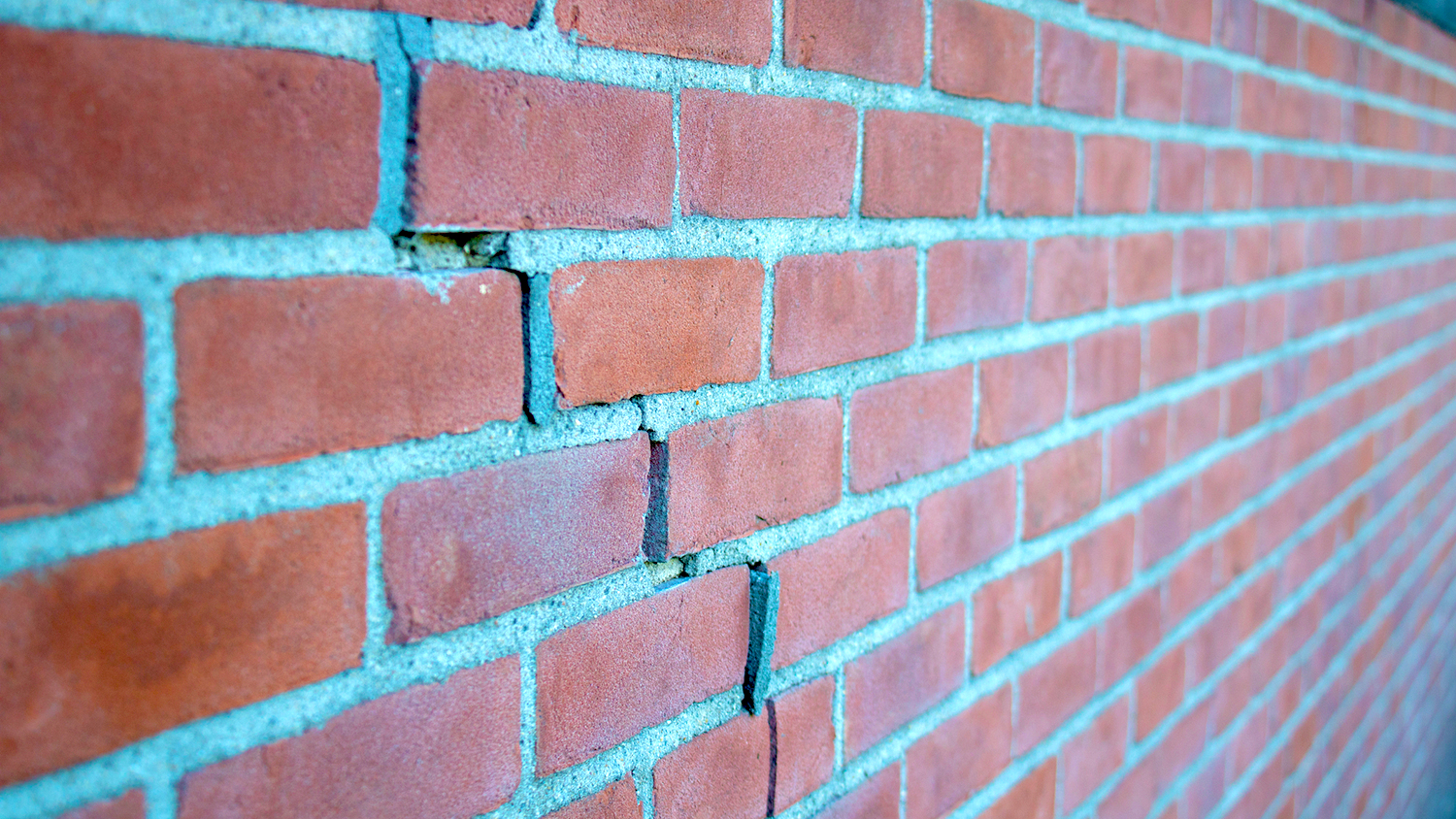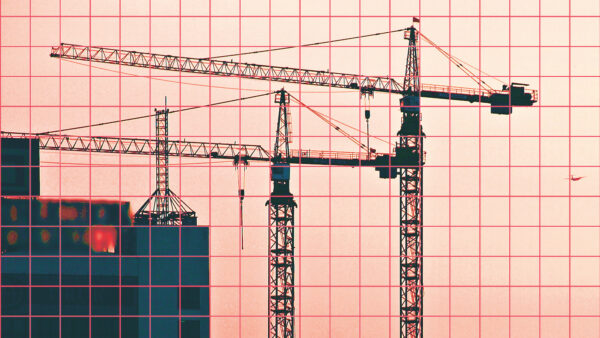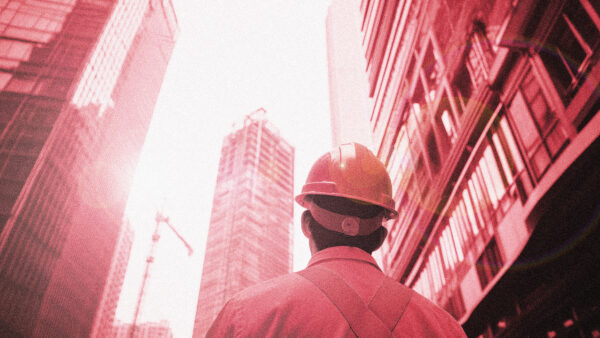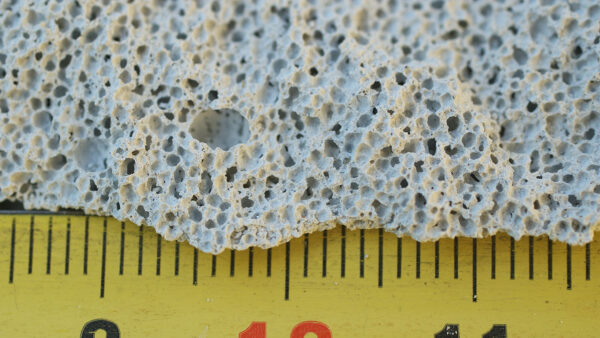
Long dry periods are leading to increasing levels of subsidence and fires, according to home insurer LV General Insurance.
Subsidence cases reported to LV between June and July this year increased by 205% due to the dry weather.
Dry soil is at the same level as 2018, the last time the UK experienced unusually hot and dry weather. Subsidence claims in that year rose by 51% on 2017.
LV’s analysis has found that southern and central England had less rain this year than in 2018. It said hosepipe bans are not helping.
Meanwhile, the insurance firm said fire claims totalling £1.2m arose from the four-day period of 17-20 July. A national emergency was declared due to the extreme weather.
Most fires started in nearby areas and then spread to gardens. Many claims are for garages, fences, sheds, tools, and garden furniture as well as trees and plants. However, 8% of claims involved the total loss of a home.
Protecting existing homes
Head of home underwriting at LV General Insurance Sarah Smith said: “As a country we’re going to need to adapt and ensure existing houses are better protected, as well as really consider the locations planned for new houses which may be in areas more prone to events such as fires starting and spreading rapidly.”
LV has also issued advice to the public on how to help mitigate subsidence, and fire risk (see below).
“The frequent events of extreme weather cannot be ignored and we need to play our part, whether that be utilising technology to reduce traffic flow or invest and implement alternative mitigation options.”
Insurance broker Sedgwick also predicted an increase in subsidence claims of between 300% and 400% at its peak this August. This compares with the average baseline number of claims taken over the first six months of the year.
It said the high-risk areas included the South East and North London. But it added that unlike in 2018, claim numbers further north were lower.
Sedgwick said Covid and the cost of living crisis was creating a more challenging situation than in 2018. But it also urges people not to panic if they spot cracking, as this is not uncommon and not always indicative of subsidence. The advice is to seek expert advice before taking action.
Sedgwick technical director James Preston added: “Climate change is not something I would claim to be an expert in. However, the frequent events of extreme weather cannot be ignored and we need to play our part, whether that be utilising technology to reduce traffic flow or invest and implement alternative mitigation options. Anything that helps reduce our CO2 output, is the way forward.”
LV’s subsidence and fire risk advice
The insurer’s advice to the public on subsidence prevention includes:
- pruning trees and large shrubs;
- checking pipes and guttering for leaks that can wash away and soften soil;
- lay porous materials like gravel or grass so water drains naturally;
- avoid artificial grass as it reduces the amount of water reaching the soil and reflects the sun.
On tackling fire risks, it advises:
- keep reflective materials out of the sun if left in the garden;
- put away gas BBQ cylinders;
- ensure fires are completely out;
- manage compost heaps by turning regularly so they don’t become overly dry.











